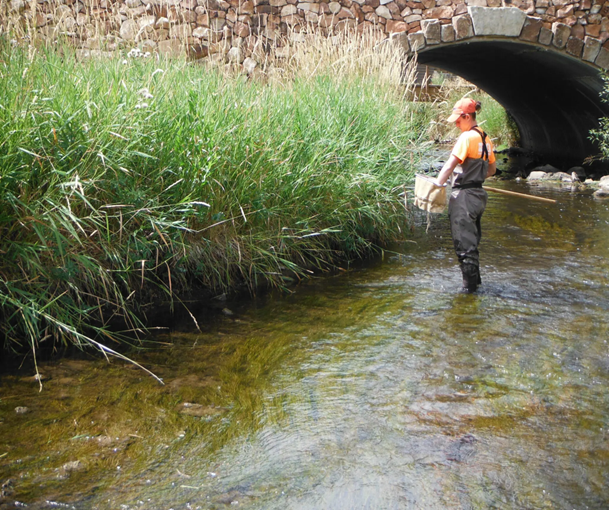
The Great Lakes region holds approximately 40 species of crayfish, many of which are rare or have narrow natural ranges. Unfortunately, non-native crayfish species introduced through human activities present a significant threat to many of the native crayfish species in the Great Lakes. Controlling large populations of invasive crayfish is challenging and costly. Smaller populations are easier to control and may be completely removed from an ecosystem. Timely detection of new, small populations of invasive crayfish is crucial for environmental preservation. Monitoring freshwater ecosystems for crayfish species can help identify emerging threats and enable prompt responses from land managers.
To support early detection of invasive crayfish, Illinois-Indiana Sea Grant developed a community science program that trains educators (grades 5-12) to implement an invasive crayfish monitoring lesson plan in their classrooms and teach their students about the importance of monitoring for aquatic invasive species. The program includes an in-person workshop and a manual that provides educators with instructions on crayfish sampling, identifying, and reporting through iNaturalist. Trained educators continue to monitor crayfish with their students and record their observations using the iNaturalist "Great Lakes Crayfish" community page. To expand the program for broader use, Illinois-Indiana Sea Grant is aligning the manual with Next Generation Science Standards and will be offering future crayfish trainings, resources, and equipment to Great Lakes educators.
Invasive Crayfish Collaborative, Illinois-Indiana Sea Grant, University of Illinois, Purdue University, National Oceanic and Atmospheric Administration